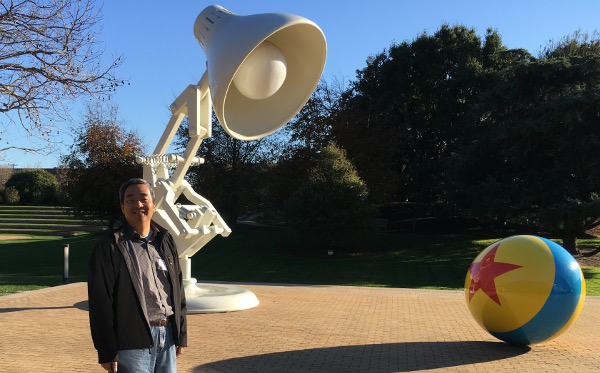Taiwan was in the news recently when President-elect Trump accepted the congratulatory call from President Tsai. Giving her the title legitimized Taiwan as a country and infuriated China.
On this island, the hot news was the new labor laws. From afar, it seemed to boil down on over-time. Every versions increased the over-time pay from the existing laws; the protest was that the new president promised even more during the campaign. People felt cheated. This, sadly, missed the point by miles.
In an economy that is not growing (admit it, Taiwan), it is the zero-sum game: one side’s gain is the other side’s loss. Higher over-time pay means lower profit for the employer, or higher prices for the goods. But if the employer is the government, it becomes complicated. There are several ways to deal with this. The government can raise taxes (where would the extra over-time pay come from?), reduce services (famously cutting fire, police, and school budgets), or both. These are entirely unacceptable. More protests!
Soon, the government came to the last trick: debt financing. For most modern government, this means printing money, recently called “quantitative easing.” QE is not free money. It borrow from the future and make the next generation less competitive. Look only at Greece to see the results.
What about the private sector? That’s actually easier. If the cost of doing business is too high, they will simply disappear: moving offshore, closing shops, get merged, etc.
You see, none of these are really interesting. The only sure way to get better life is to increase the productivity: to acquire skills or knowledge. There is really no easy way. One just must work hard and engage in self-improvement. Waiting, or expecting, hand-outs from the government or employer never works. There is no free lunch!
All protesters framed the issue as a class conflict: that “we” are hopelessly exploited by “them”, that the system is not fair and the cards are stacked against “us.” This is rarely the case. More importantly, it does not matter. For any individual, the choices are really simple:
- Make self a better valued asset
- Accept that status quo is as good as it will ever be
- Fight the system to give self more for the same output
If the environment is not changing and you are not making yourself more valuable, option #2 is what you are going to get. You can try to change the environment (#3) or yourself (#1). The reality is both require energy, time, and/or money. If you don’t want to do extra, you are accepting #2. If you are willing, you need to choose #1 or #3.
Option #3 does not add value to the whole system. It moves resources from one pile to another. It is simply a re-distribution. Option #1 makes the whole system more valuable.
Take a look of GDP per capita for the country. Think real hard on why yours is worse than the other one. There is really only two possible answers: they have better natural resources or their people are more productive. There is nothing you can do about the former and if you choose #1, you add to the latter. If everyone does that, soon, your country will see an improvement on GDP per capita.
That’s when everyone is better off. Now, choose.










